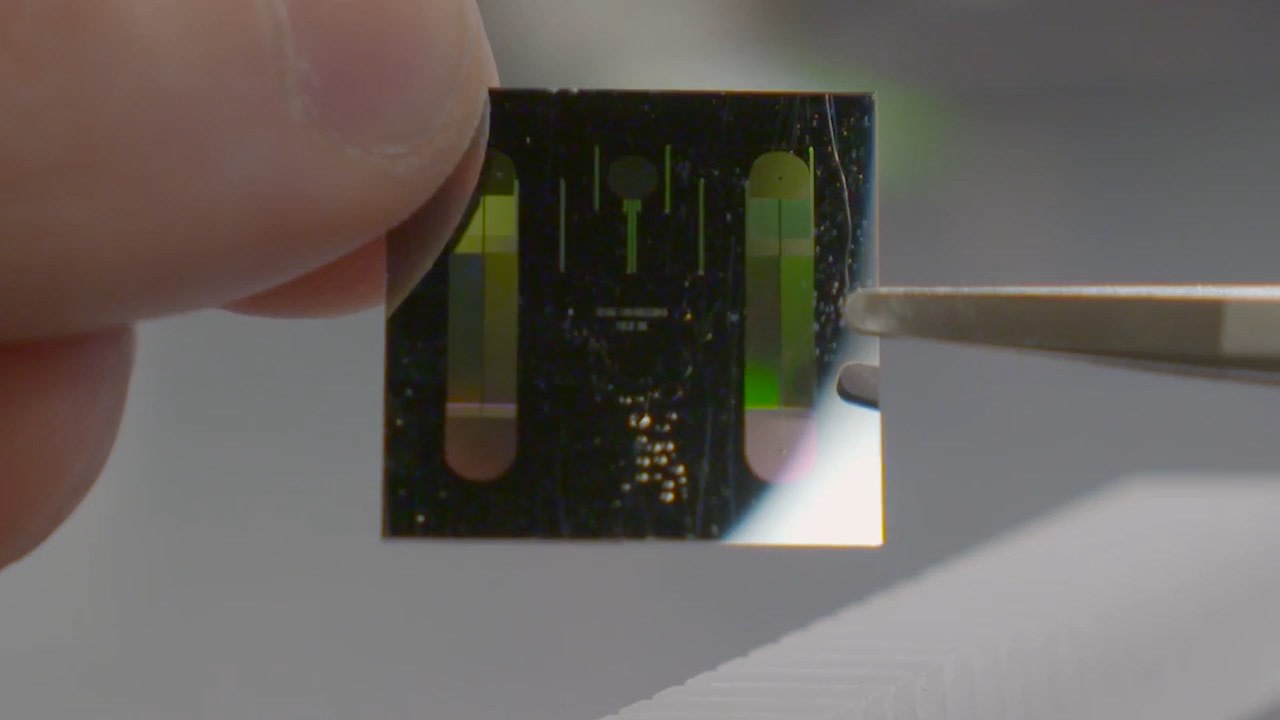IBM’s new virus filter could lead to home diagnostic tools
The best way to treat any disease, beyond avoiding getting sick in the first place, is to catch it early. You can always go to the hospital and have expensive tests run, but we can do better: New research from IBM could lead to lab-on-a-chip virus detection technology that would enable let patients monitor their health by analyzing saliva or urine samples at home.
Specifically, IBM has made a breakthrough in nanoscale deterministic lateral displacement (DLD) — a method of separating viruses and other health threats from DNA in fluid samples. The process kind of works like a pachinko machine, albeit less random: Fluids are filtered through a series of tiny pillars that separate elements by size. The technology has been used in the past to isolate parasites and other larger targets. Now, IBM has used silicon technologies to build a nanoscale DLD process capable of targeting exosomes, demonstrating that a DLD can be used to filter obects in the 20 to 110 nanometer scale. That’s small enough to detect viruses or markers that could be associated with potential cancers.
Naturally, it’s pretty early in the research, and IBM says it will need more time to figure out if this kind of technology could feasibly and reliably be used to analyze fluids. If it can, however, it could lead to more affordable, compact methods of detecting illnesses — and possibly in-home devices for self-monitoring, and open the door for new early-treatment options. Check out the full paper for yourself at the source link below.
(65)
















